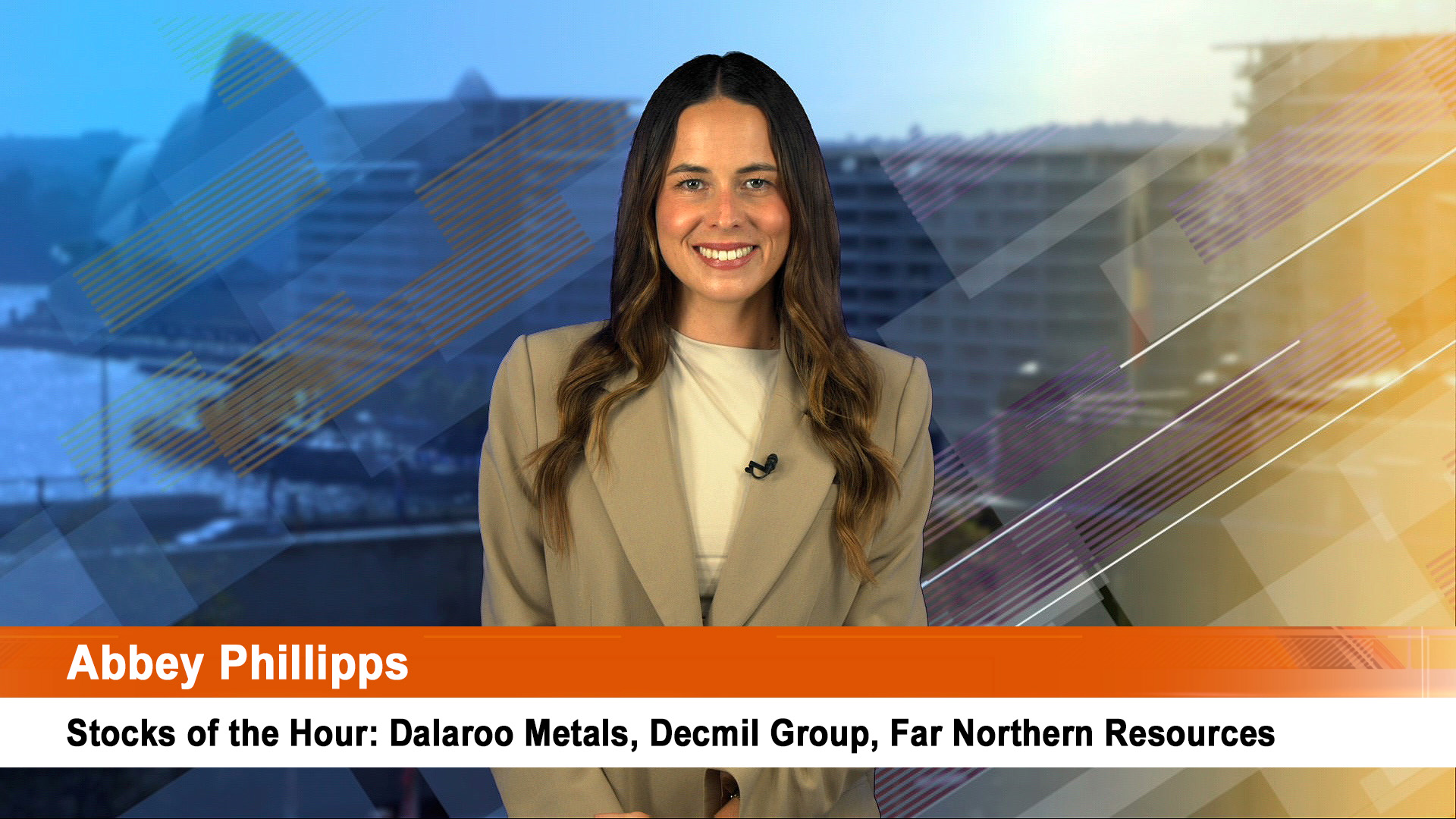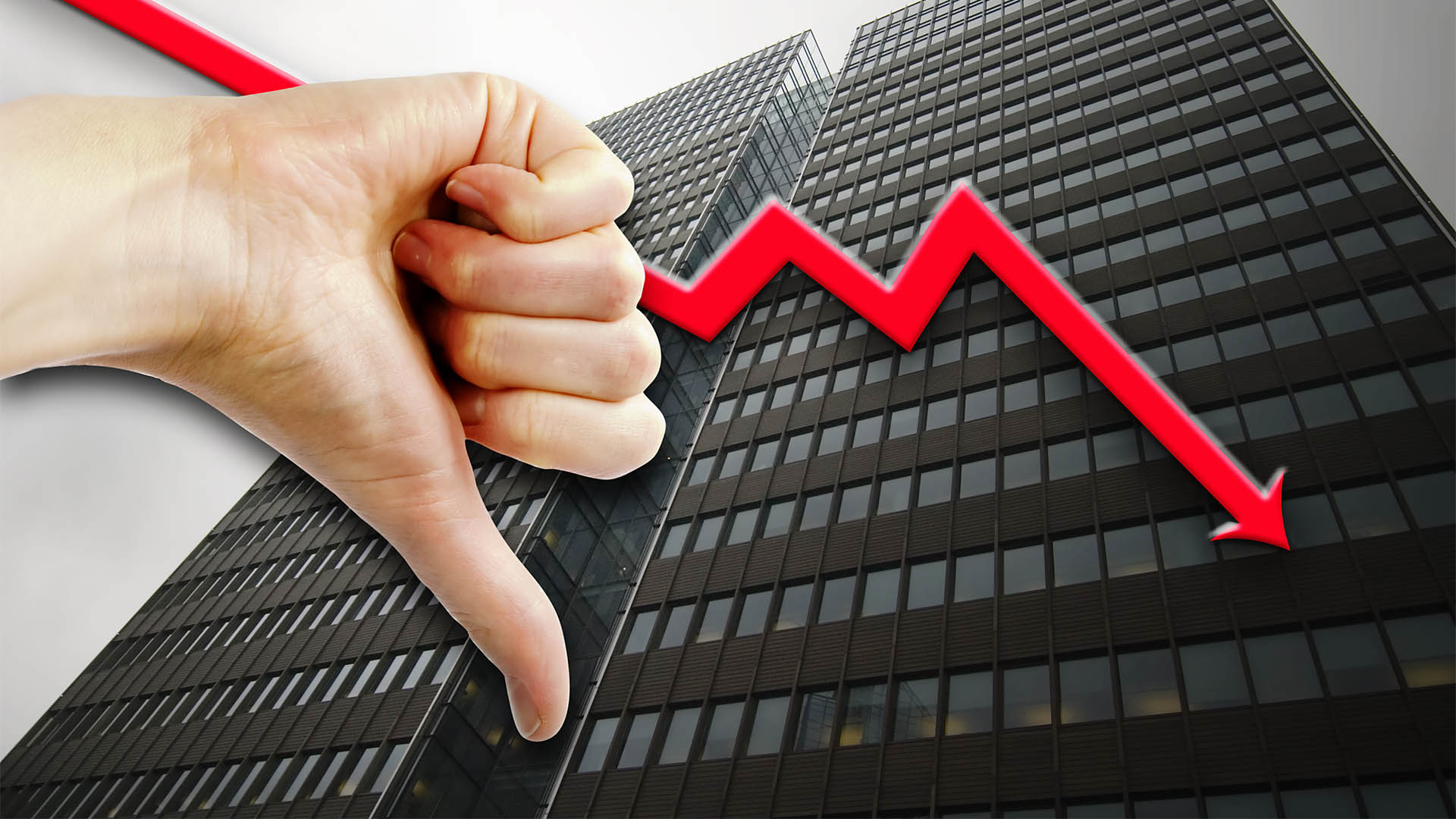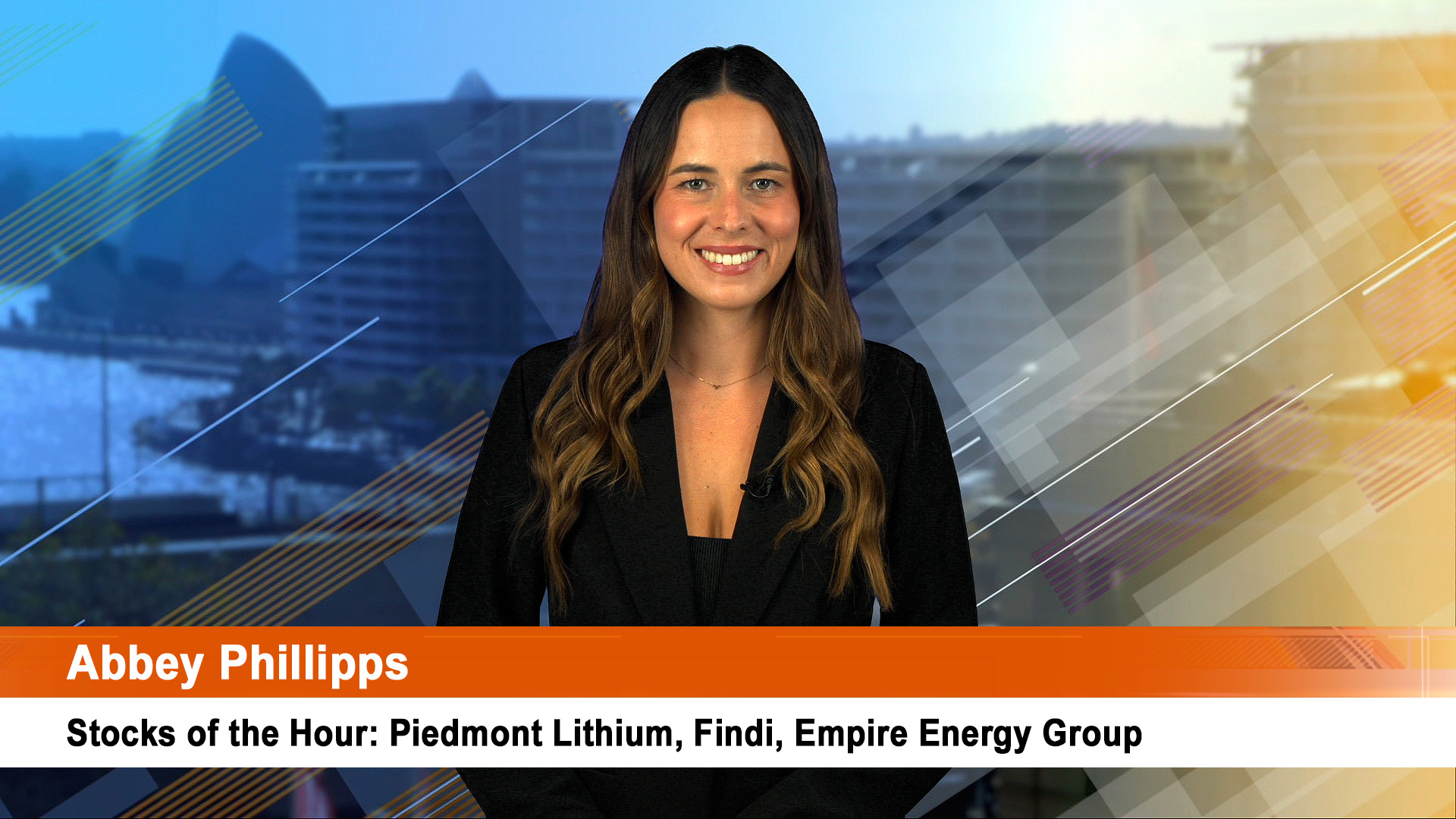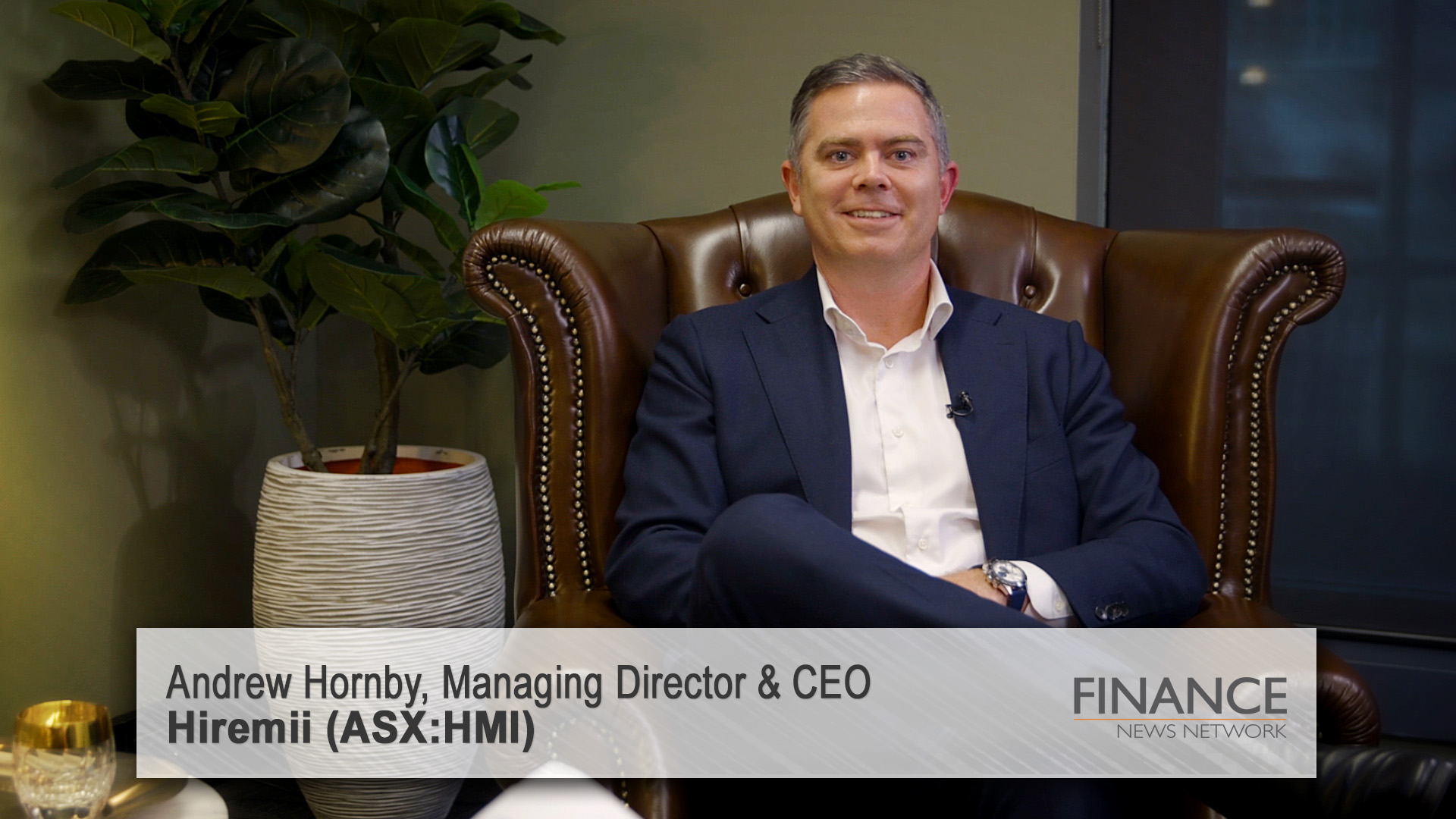The US Federal Reserve has signalled that interest rates could start rising earlier than previously expected after its March meeting ended earlier this morning with the central bank altering its forecasts for the economy over the next year and changing the criteria for returning rates to more normal levels.
The bank ended its unemployment markers for when interest rate rises may be possible, leading investors to believe that they could come earlier than previously forecast – more likely in 2015 than 2016.
That realisation saw US shares down by 0.6% to 0.7%, gold down by more than 2%, but oil edged higher. In fact gold has fallen by 4% since last Friday, a sign the metal’s start to the year price surge is ending.
The Aussie dollar fell back under 91 US cents and was trading down by around a cent at 90.45 US cents in early Asian trading this morning. It hit a 2014 high of 91.38 overnight.
But a US rate rise or three next year could be enough to trigger a fall in the currency as investors look to capitalise on higher yields in US dollar assets.
That will be just what the Reserve Bank wants to see.
Yields on US 10 year bonds – the global indicator – rose seven basis points to 2.77%, only the second rise in the past eight sessions, according to US data.
That’s because investors now realise US interest rates will start rising in 2015, assuming there’s no global economic crisis or political disaster (such as a Russian invasion of Ukraine).
In other commodities, copper slumped sharply, then rose to close just under $US2.99 a pound after hitting a low of $US2.89 on worries about China.
Our market will start much weaker this morning with a fall tipped of around 34 points on the ASX 200, according to the share price futures contract.
Much of the initial reaction in US markets was an over reaction and shares will settle, as will commodities, although gold will remain under pressure, except if Ukraine continues to be a flashpoint, or another Chinese company has debt problems.
All the US Fed and its new chair, Janet Yellen, have done is tell the world that the US economy continues to recover – growth is a bit softer in its view than a few months ago.
But the Fed has been consistently wrong on growth (too optimistic) and too pessimistic on the labour market and other factors, so events could change as the year goes on.
Watch the US inflation rate more than the jobless rate, cost pressures remain dormant as the US oil supply boom grows.
But her first meeting as chair and forecasts for the economy, plus her first press conference saw the central bank adopt a new, more hawkish set of forecasts that point to earlier interest rate rises in the US than previously thought.
Fed officials now forecast rates of 1% by the end of 2015. That contrasts with a 0.75% median forecast in December. The median forecast from Fed staff for the end of 2016 rose from 1.75% to 2.25%.
The key official rate, the federal funds rate, is now in the range of 0% to 0.25% – if the 1% rate comes to pass, it indicates there will be three rate rises next year, meaning they will start in the US summer.
The Fed said the economy was expected to grow 2.8%-3.0% this year and 3.0%-3.2% in 2015. That’s 0.2 percentage of a point off the high end of the range for both years. Growth is currently around 2.4%.
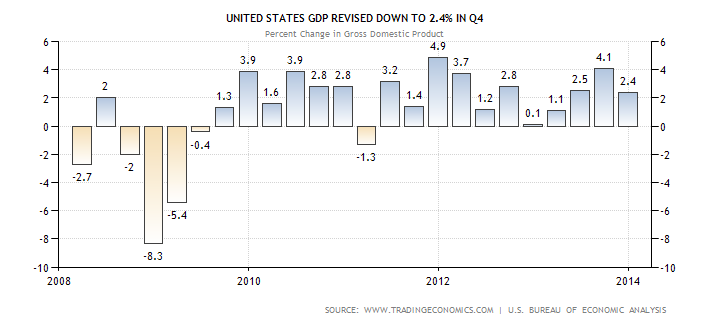
But the Fed also forecast that the unemployment rate would drop to 6.1%-6.3% this year – compared with the previous 6.3%-6.6% range estimate last December – and to 5.6%-5.9% in 2015.

It left its view of inflation largely unchanged, saying it could be as high as 1.6% this year and 2.0% next. The US unemployment rate is currently 6.7% and inflation is well under 2%, which is the Fed’s target.
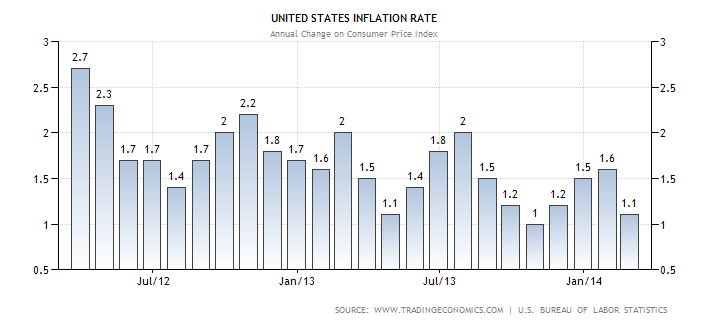
The Federal Open Market Committee also tapered its monthly asset purchases for a third time – by another $US10 billion to $US55 billion-a-month and revamped its forward guidance to replace the 6.5% unemployment rate threshold for a first interest rate rise.
At the same time the Fed downgraded its assessment of the US economy, saying "growth in economic activity slowed during the winter months, in part reflecting adverse weather conditions. Labor market indicators were mixed but on balance showed further improvement. The unemployment rate, however, remains elevated. Household spending and business fixed investment continued to advance, while the recovery in the housing sector remained slow.
"Fiscal policy is restraining economic growth, although the extent of restraint is diminishing. Inflation has been running below the Committee’s longer-run objective, but longer-term inflation expectations have remained stable."
Despite the change in expectations for when rates will start rising, the most important element of the Fed’s new guidance was a statement that interest rates are likely to stay below their long-run level – which the Fed currently estimates at 4% – even after unemployment and inflation get back to normal.
“The Committee currently anticipates that, even after employment and inflation are near mandate-consistent levels, economic conditions may, for some time, warrant keeping the target federal funds rate below levels the Committee views as normal in the longer-run,” says the Fed’s statement.
As expected, the Fed replaced its 6.5% threshold with qualitative guidance, now that the unemployment rate is down to 6.7%.
The new guidance is fairly vague. It gives a list of factors – including labour market conditions, inflation pressures and financial developments – which give Fed more flexibility in looking at whether to lift rates and the timing of such a move.
“It likely will be appropriate to maintain the current target range for the federal funds rate for a considerable time after the asset purchase programme ends, especially if projected inflation continues to run below the Committee’s 2 per cent longer-run goal,” says the statement.
In doing that the Fed is also attempting to take itself back to before the GFC started in 2007 by introducing more flexibility into its guidance, which will keep the market guessing as to its intentions (and focus the market more on each Open Market Committee meeting as well).
The several mentions of the 2% inflation target in the Fed’s statement adds to the view that the central bank is starting to think that the unused capacity in the US economy might not be as big as previously thought. That in turn suggests the Fed thinks inflation might start rising sooner than markets expect, and return as the traditional yardstick for the bank and markets to watch.




